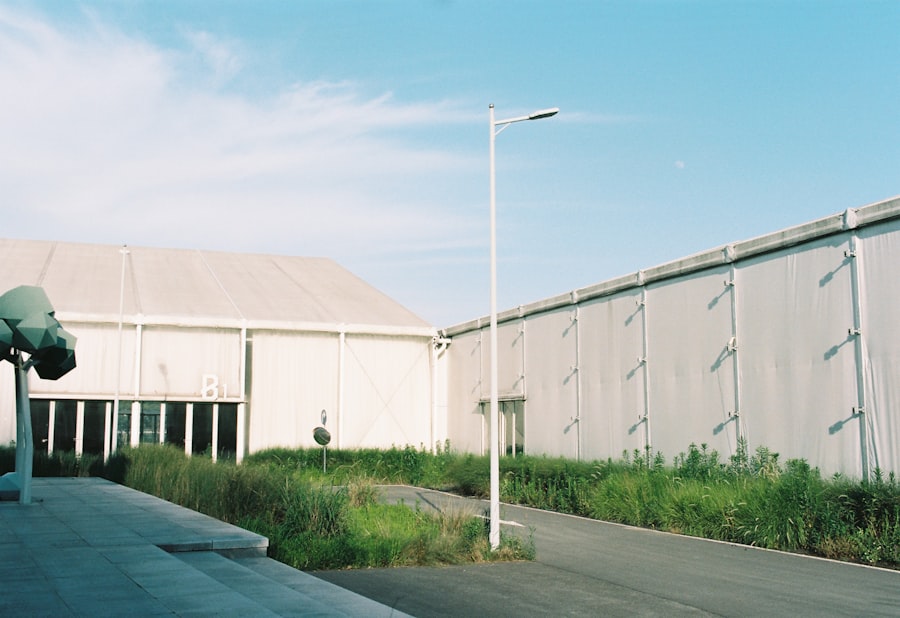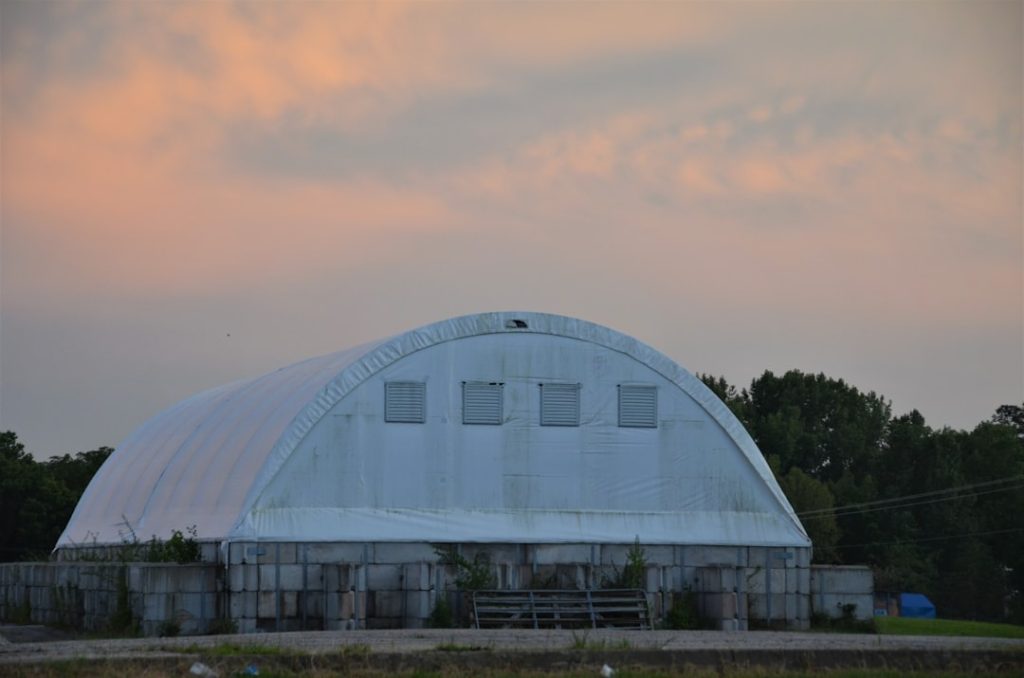NASA’s Johnson Space Center (JSC), located in Houston, Texas, stands as a beacon of human ingenuity and exploration. Established in 1961, it has become synonymous with human spaceflight and is the primary center for astronaut training, mission control, and spacecraft development. The center is not only a hub for American space endeavors but also a focal point for international collaboration in the quest to explore beyond our planet.
With its sprawling campus, advanced facilities, and a dedicated workforce, JSC plays a pivotal role in shaping the future of space exploration. The significance of JSC extends beyond its physical infrastructure; it embodies the spirit of exploration that has driven humanity to reach for the stars. The center is home to the iconic Mission Control, where teams of engineers and flight controllers work tirelessly to ensure the success of missions.
Additionally, JSC is where astronauts undergo rigorous training to prepare for the challenges of space travel. As we delve deeper into the history and operations of the Johnson Space Center, we uncover the layers of innovation and collaboration that have defined its legacy.
Key Takeaways
- NASA’s Johnson Space Center is a hub for human spaceflight operations and research, located in Houston, Texas.
- The center has a rich history, playing a key role in the Apollo moon landing missions and the development of the Space Shuttle program.
- Astronauts undergo rigorous training at the Johnson Space Center, including simulations of spacewalks and emergency scenarios.
- The Mission Control Center at the Johnson Space Center is where flight controllers monitor and manage space missions, serving as the nerve center for space operations.
- The center is also dedicated to research and technology development, focusing on areas such as life support systems and advanced propulsion for future space exploration.
History of the Johnson Space Center
The origins of the Johnson Space Center can be traced back to the early days of the U.S. space program. Initially known as the Manned Spacecraft Center, it was established in response to the growing need for a dedicated facility to manage human spaceflight missions.
The center’s first major project was the Mercury program, which aimed to send humans into space for the first time. In 1962, astronaut John Glenn became the first American to orbit Earth, marking a significant milestone in U.S. space history and solidifying JSC’s role in human space exploration.
As the space program evolved, so did the center itself. In 1963, it was renamed in honor of President Lyndon Johnson, reflecting his commitment to advancing space exploration. The Apollo program, which culminated in the historic moon landing in 1969, showcased JSC’s capabilities in training astronauts and managing complex missions.
The center’s facilities expanded significantly during this period, incorporating advanced technologies and methodologies that would lay the groundwork for future endeavors. Over the decades, JSC has continued to adapt and grow, embracing new challenges such as the Space Shuttle program and the International Space Station (ISS).
Training Astronauts for Space Missions

At the heart of JSC’s operations is its comprehensive astronaut training program, which prepares individuals for the rigors of space travel. The training process is multifaceted, encompassing physical fitness, technical skills, and psychological resilience. Astronaut candidates undergo a grueling selection process that evaluates their qualifications, experience, and ability to work as part of a team under pressure.
Once selected, they embark on an intensive training regimen that can last several years. Training at JSC includes simulations of various mission scenarios, allowing astronauts to practice their responses to potential challenges they may face in space. This includes everything from conducting scientific experiments to handling emergencies such as equipment malfunctions or medical issues.
The Neutral Buoyancy Laboratory (NBL) is a key facility where astronauts practice extravehicular activities (EVAs) underwater, simulating the weightlessness they will experience in space. This hands-on approach ensures that astronauts are well-prepared for their missions and can operate effectively in the unique environment of space.
Mission Control Center: The Heart of Space Operations
| Metrics | Data |
|---|---|
| Number of Mission Control Centers | Multiple |
| Location | Various countries |
| Staff | Highly trained professionals |
| Responsibilities | Monitoring, controlling and coordinating space missions |
| Communication | Constant communication with spacecraft |
The Mission Control Center (MCC) at JSC is often referred to as the nerve center of human spaceflight operations. It is here that flight controllers monitor every aspect of a mission, from launch to landing. The MCC is equipped with state-of-the-art technology that allows teams to communicate with astronauts aboard spacecraft and track their progress in real-time.
The center’s design reflects decades of experience in managing complex missions, with multiple control rooms dedicated to different aspects of operations. One of the most notable features of the MCC is its team-based approach to mission management. Each flight controller has a specific role, whether it be overseeing navigation, systems operations, or communications.
This collaborative environment fosters quick decision-making and problem-solving during critical moments. Historical missions such as Apollo 13 showcased the importance of effective communication and teamwork within the MCC when flight controllers worked tirelessly to devise solutions that ultimately saved the lives of astronauts stranded in space.
Research and Technology Development at the Johnson Space Center
Research and technology development are integral components of JSC’s mission to advance human space exploration. The center conducts cutting-edge research across various fields, including life sciences, materials science, and robotics. This research not only supports current missions but also lays the groundwork for future exploration endeavors beyond low Earth orbit.
One significant area of focus at JSC is understanding how long-duration spaceflight affects human health. As astronauts spend extended periods aboard the ISS, researchers study the physiological changes that occur in microgravity, such as muscle atrophy and bone density loss. This research informs countermeasures that can be implemented to protect astronauts’ health during future missions to destinations like Mars.
Additionally, JSC collaborates with universities and private industry to develop innovative technologies that enhance spacecraft capabilities and improve mission safety.
Space Vehicle Mockups and Simulators

To ensure astronauts are fully prepared for their missions, JSC employs a variety of space vehicle mockups and simulators that replicate real spacecraft environments. These facilities allow astronauts to familiarize themselves with the layout and systems of vehicles like the Orion spacecraft or the Space Shuttle before they embark on actual missions. The use of mockups is crucial for building confidence and competence among crew members.
The simulators at JSC are designed to mimic not only the physical aspects of spacecraft but also their operational systems. Astronauts engage in realistic training scenarios that require them to respond to system failures or unexpected events while navigating through complex procedures. This immersive training experience helps astronauts develop muscle memory and decision-making skills that are vital during actual missions when time is of the essence.
Space Exploration and International Collaboration
JSC plays a pivotal role in fostering international collaboration in space exploration efforts. The International Space Station (ISS) serves as a prime example of how countries can work together toward common goals in science and technology. JSC collaborates with international partners such as Roscosmos (Russia), ESA (European Space Agency), JAXA (Japan), and CSA (Canadian Space Agency) to conduct joint research and share resources.
This collaborative spirit extends beyond just operational partnerships; it also encompasses scientific research conducted aboard the ISS. Experiments conducted by international teams contribute to our understanding of fundamental scientific principles while also addressing challenges related to long-duration spaceflight. By pooling resources and expertise from around the world, JSC helps advance humanity’s collective knowledge about living and working in space.
Future of Space Exploration at the Johnson Space Center
As we look toward the future, NASA’s Johnson Space Center is poised to play a critical role in humanity’s next steps in space exploration. With ambitious plans for lunar exploration under the Artemis program, JSC will be instrumental in developing new technologies and training astronauts for missions aimed at returning humans to the Moon by 2024 and establishing a sustainable presence there by 2028. Moreover, JSC is actively involved in preparing for crewed missions to Mars, which present unique challenges due to their distance from Earth and extended duration.
Research initiatives focused on life support systems, radiation protection, and psychological well-being will be essential as NASA aims to send humans on this historic journey within the next two decades. The center’s commitment to innovation and collaboration ensures that it will remain at the forefront of human space exploration as we continue to push boundaries and explore new frontiers beyond our planet.


